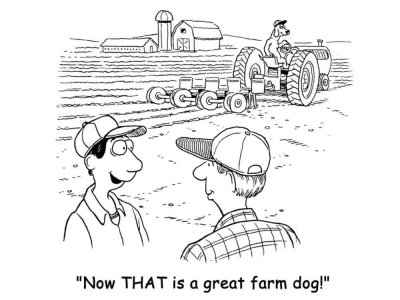Actually its very simple as they send the time and the GPS calculates the distance and location based on the sat location, which is why you need at least 3, the more the better the location.
As to why they scramble mobile long range systems (think foreign ICBMs) do not track LORAN or the RKT systems but rely on Civilian GPS which if scrambled to a 100m is the difference between a miss or a damaging hit.
GPS sat's are all USA sat's.
Now to be fair there is a lot more to it than this, but for the purposes of general info and understanding it is more than enough
No need to explain or simplify anything for me. I understand how it all works in very great detail.
Whatever the US does to their Satelite system, doesn't affect ICBMs. ICBMs use inertial guidance systems not GPS. Even short range missiles only use gps for course verification. GPS is simply too easy to jam.
Besides, the Russians & Chinese both have their own GPS satellite constellations called GLONASS & BeiDou respectively.
Lastly, ICBMs are all armed with nuclear war heads. A near miss doesn't really matter. As far as I know, there are no non-nuclear ICBMs.
FWIW, there is also an EU system called Galileo and there are two regional systems QZSS (Japan) and IRNSS or NavIC (India). Most modern GPS units use more than just one constellation. The one that I designed and built uses all four of the existing constellations.
But I could see an older nav system on an airplane that might be on a suicide run aimed at an office tower being affected. I was only saying I had not heard that the US deliberately put error into the gps system on 9/11 and therefore I was asking if you know for sure that it was or were just speculating.


